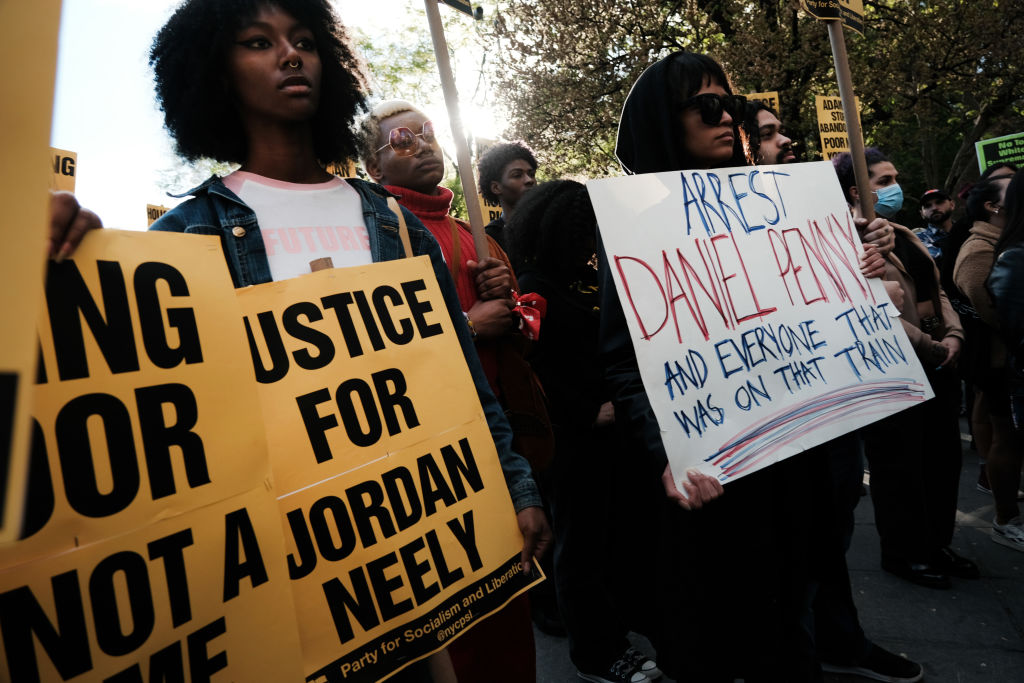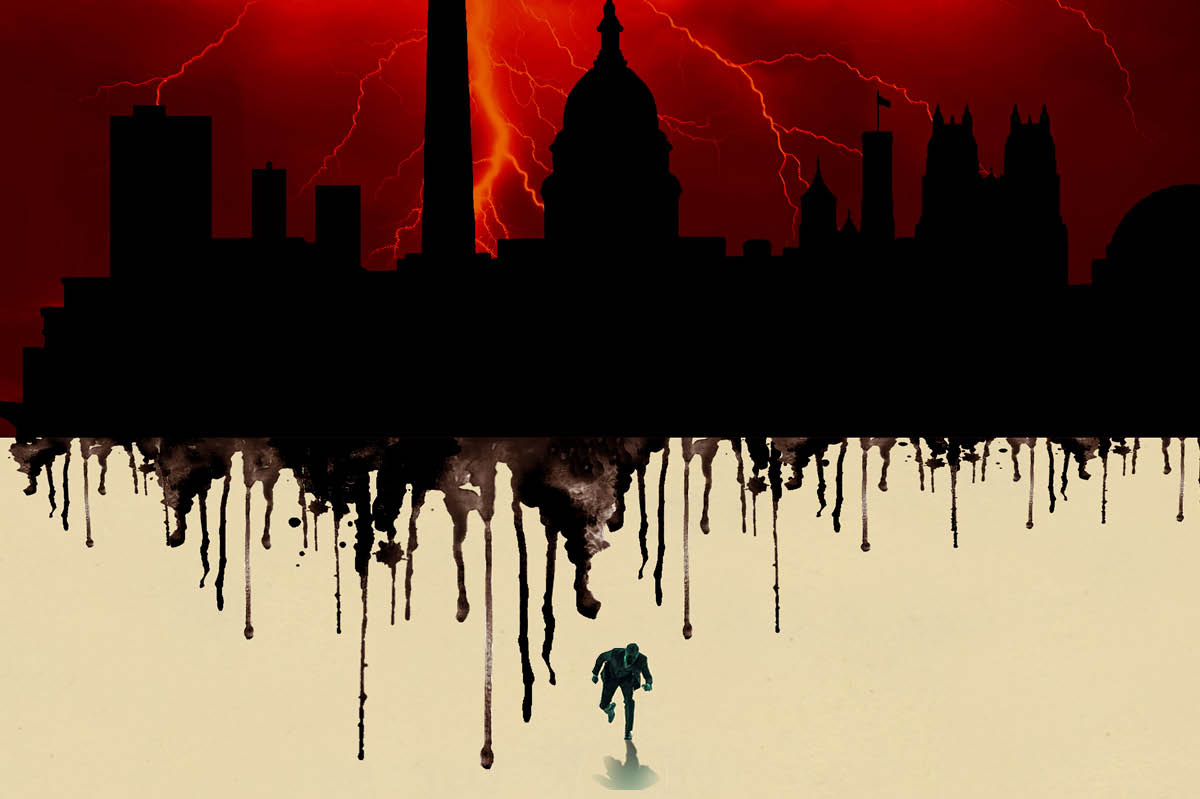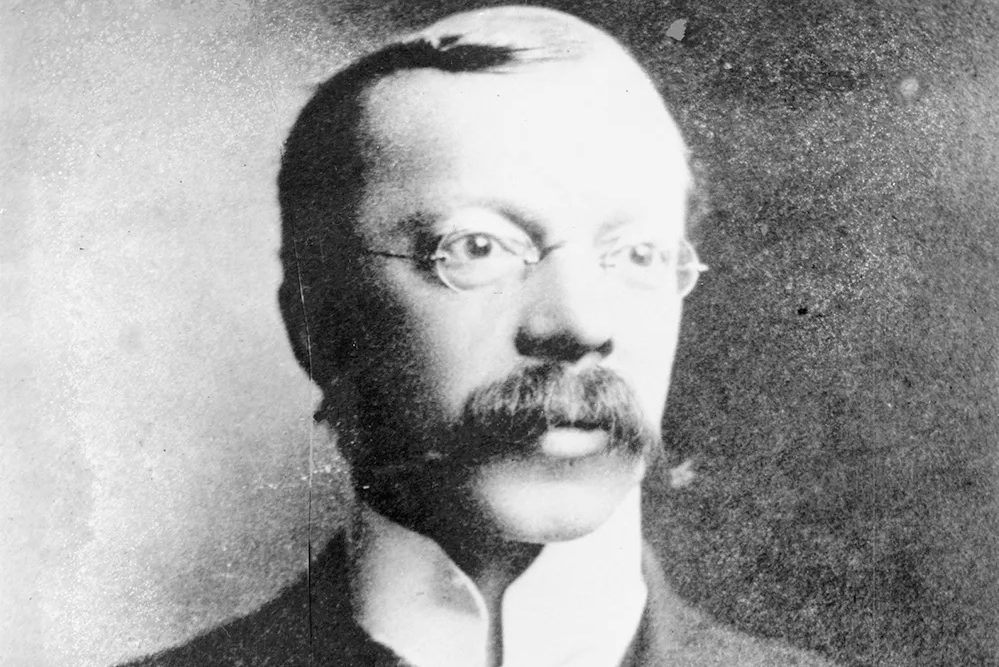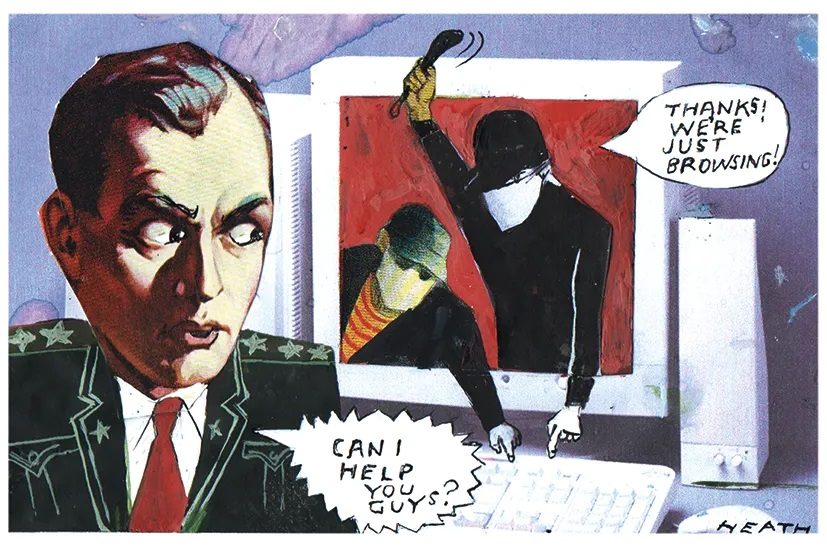Most of those who follow the news have already seen the distressing video. A black man, Jordan Neely, walked onto a New York subway train screaming obscenities and ranting about his own destitution. Another passenger, a former Marine called Daniel Penny, came up behind him, took him to the ground and placed him into a chokehold. Neely lost consciousness and died.
A Pulitzer Prize-winning novelist could not create a better scenario that perfectly exemplifies everyone’s societal meta-narratives, a Rorschach test onto which we can map our assumptions and biases. It resembles a “what do you see? Two women or a wine glass?” kind of picture. Is this a black man, destroyed and choked by oppression, or the inevitable result of societal decay?
Pundits and politicians are already arguing, convinced that this event affirms their priors. Congresswoman Alexandria Ocasio-Cortez tweeted that Neely “was houseless and crying for food in a time when the city is raising rents and stripping services to militarize itself while many in power demonize the poor.” His aggressive outburst on the train was a cry for help and society responded with murder.
Conversely, Inez Stepman, a senior policy analyst at the Independent Women’s Forum, has pointed out that the Neely had forty-four prior arrests and an active warrant. A just society does not ask commuters to abide threatening scenarios on their daily commute. When DAs refuse to prosecute low-level crime and cities leave the mentally ill on the streets, disorder swells and vigilantism is inevitable.
Perhaps surprisingly, these narratives aren’t entirely in conflict. As with ambiguous photos, it’s possible for both perspectives to exist — to see both a wine glass and two women — however seemingly contradictory. I’ve spent most of my career in urban education, working with students living in destitute poverty and surrounded by violence, so let me start there. For my students, it’s the very progressive policies that Stepman acknowledges, which bring about the injustices that Ocasio-Cortez decries.
Many policies in education right now leave schools functionally unworkable. The educational analog to abolish the police or bail reform are movements to eradicate the use of suspensions and other punitive discipline. The perpetrators of classroom disruption are treated as victims, not their classmates whose education is disrupted.
I’ve worked in schools that have slackened their enforcement of basic rules about dress code or tardiness. When schools stop punishing kids because it’s supposedly oppressive, kumbaya circles and advanced calculus don’t result. Rather, kids pick fights in the lunchroom, physically threaten teachers, run the halls and leave classrooms in utter chaos. In catering to a few violent and disruptive students, schools damn the education of the majority.
When schools hold the line on seemingly inconsequential rules like dress codes, the consequential battles never arise. It turns out that the kids who break basic dress codes are also the ones who are liable to cheating or violence. When adults shirk their duty to authority in a child’s life, there’s no communal sharing of power that comes about; rather, the strongest kids start to run the school. Ultimately, the weaker children get no education and the stronger kids enter the world thinking that there are no consequences for their actions. Such policies serve neither the victims nor the perpetrators.
Classrooms are surprisingly accurate microcosms of the real world. Much educational theory maps almost directly onto political theory. As with dress codes or tardiness, it turns out that people who jump turnstiles are also the kinds of people who rob stores. The kinds of people who create disorder on a New York subway are also the kinds of people who have forty-four prior arrests and an active warrant. When society stops picking the little fights, disorder and chaos, not utopia, results.
As the Post rightly points out, the progressive system brought these two men together. Neely’s family had tried to get him into mental health, he’d had run-ins with the police already — and general public disorder has led to ever more frequent occurrences of violence in the subways, leaving passengers uncertain about when a raving lunatic will simply rave and when they’ll turn dangerous.
When the police pull back, murder rates skyrocket — and it’s not affluent families that need to fear these crime rates. When schools abolish suspensions, rates of truancy and violence increase while academics plummet in urban schools. When progressives block school choice legislation, the rich can still buy expensive houses in a good district to secure a great education for their children while the poor are locked into failing schools. When shoplifting and petty theft become as common as traffic lights, major grocery chains close up shop and move elsewhere, creating the very food deserts that progressives so decry.
I spend my life working in the city. A man was shot across the street from my school the other day and a kid flashing a gang sign on Instagram almost got our school shot up earlier this year. But almost every single student in my building just wants to get an education and a decent job. Unfortunately, progressive policies that perpetuate everything from crime to failing schools block their way.
This incident in the New York subway became a flashpoint because it signals the truth in both the progressive and conservative narratives. Some people are screwed over by the system, but contrary to popular belief in the media, it’s progressivism that’s creating the pandemonium.

























